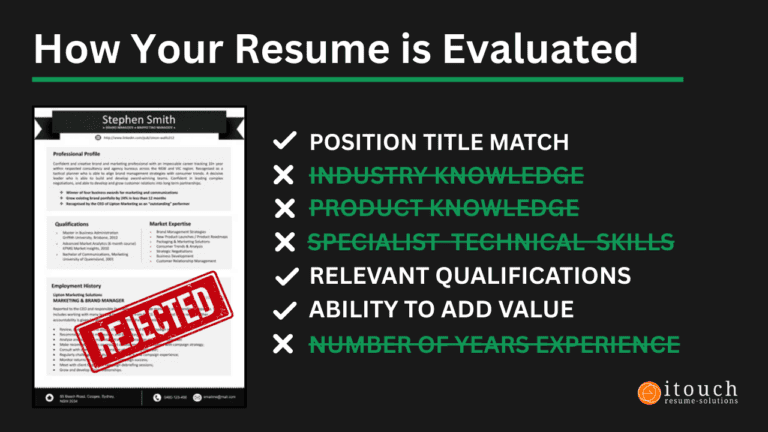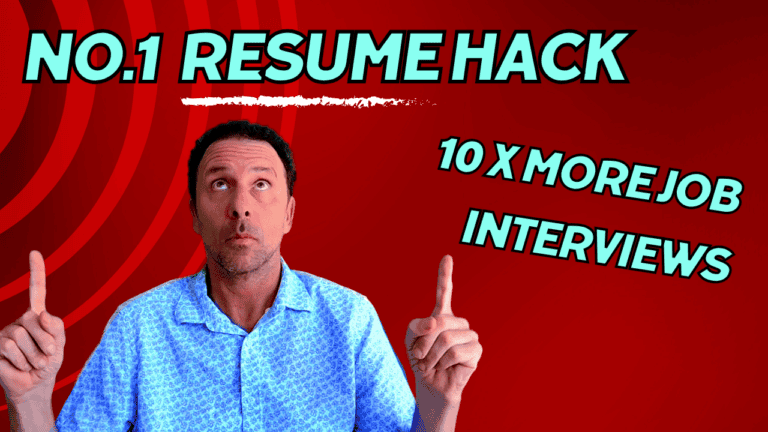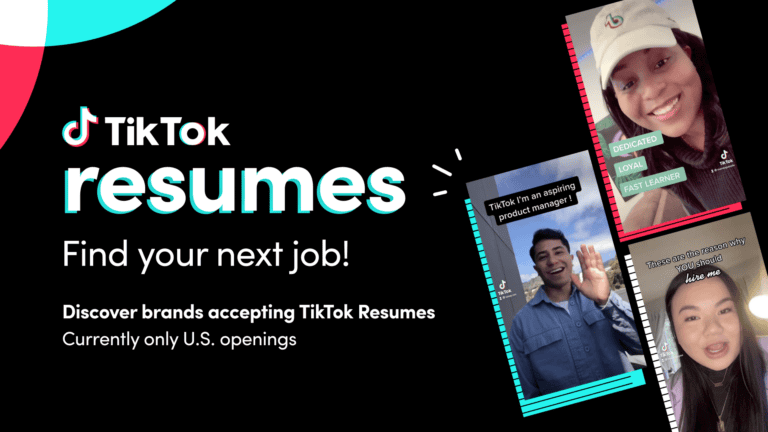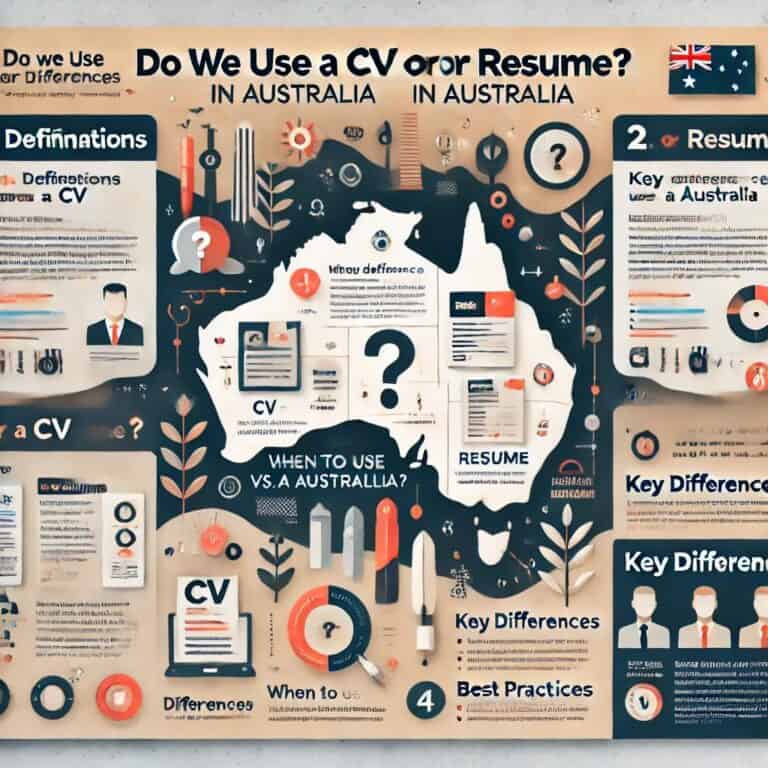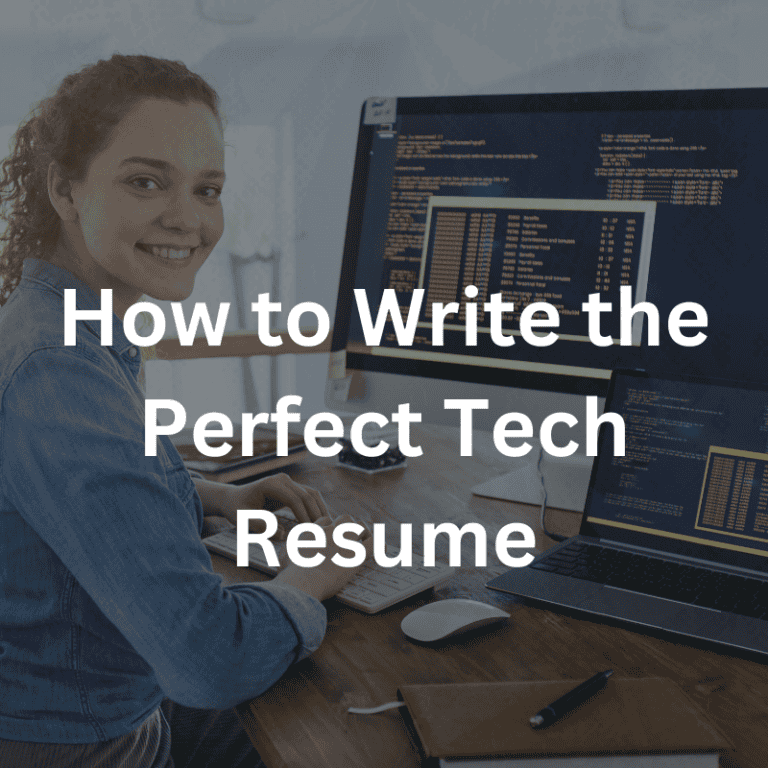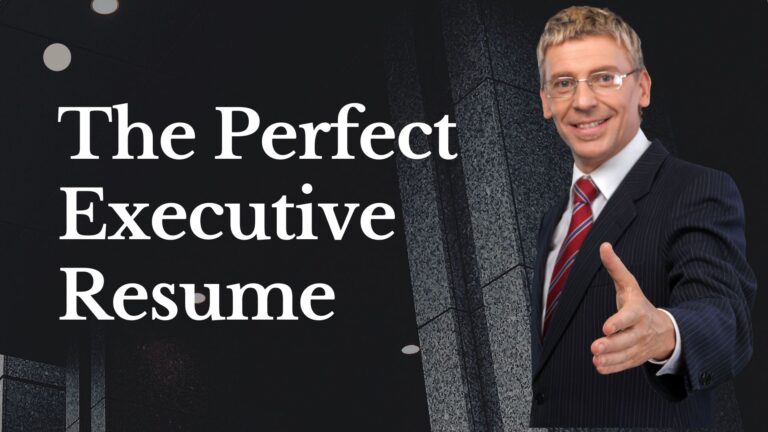Confused by all the resume advice? This article has been designed to clear many of those myths. Read on to find out what really matters.
Key Points
A resume should highlight qualifications and experience over length; it’s okay to use multiple pages to get your experience across.
Tailoring your resume for each job application increases your chances of getting seen, as you can align your skills with the job requirements and employer expectations.
ATS isn’t always to blame for resume rejections, many recruiters in Australia still manually review applications, so if you’re getting rejected, keyword stuffing won’t necessarily help.
A Resume Must Be No Longer Than Two Pages
The one or two page resume myth has led many job seekers to cram their experience and skills into a tiny, hard to read format. But does it really matter how long your resume is?
In Australia, most companies will recommend a two possibly three page resume but it’s not a hard and fast rule. In fact, most hiring professionals often care more about the quality of the information than the page limit. If you have a lot of experience and achievements, don’t be afraid to go to extend the content across multiple pages.
Many hiring professionals and resume writers like a detailed resume that explains qualifications in full. But on the other hand, don’t purposely bloat a resume with content that can be confusing. Always keep the focus on the job target market. And remember, don’t need to include every single little piece of information. This isn’t an audit of your experience on paper, it’s a collective statement which is to sell your capabilities.
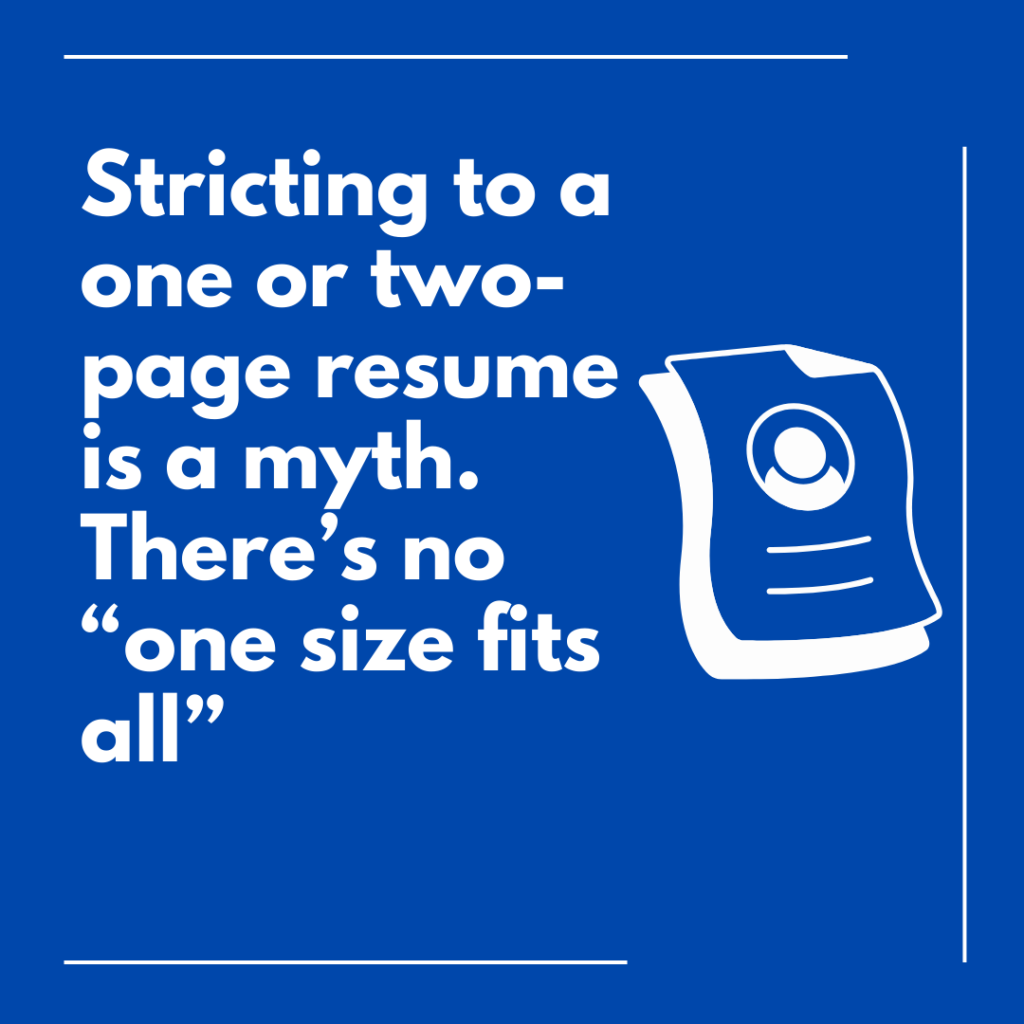
You Must Include Every Job You’ve Ever Had
Many jobseekers believe that they must include every job that they have ever had, which ultimately results in a large shopping list of information, which often confuses and dilutes the resume. A better strategy is to focus on recent and relevant positions that represent where you are trying to target your resume.
Showcase jobs that show your growth and significant achievements to demonstrate your career progression. For more experienced professionals, focus on the last 10 to 15 years of your career unless older experience is really relevant or impressive. By focusing on recent roles you can create a more focused and impactful resume that gets seen by hiring managers.
For early career candidates, internships, volunteer work and academic projects can be more important than a long job history. Mid career professionals should start removing older, less relevant positions to focus on roles that match the job they’re applying for.
Executives with a lot of experience can summarise older roles under a separate section to keep it relevant without flooding the resume with old information.
Resumes Need a Career Objective
Whilst an objective can be useful for those at the more junior level, for more experienced professionals, is better to use a professional introduction or profile summary. an introduction that gives the reader a taste of what they can expect from your skills and experience. Furthermore, the introduction should be and ideally focus specifically on your target market and intent. Whereas a career objective might be a little bit too focus on “what you want” from the next role vs. what the job (you are applying to) can offer.
You Should List All Your Responsibilities:
Listing every responsibility for each job is a myth, and in fact, should be purposely avoided. Instead focus on key responsibilities that show your skills and achievements, but more importantly are relevant to the jobs that you are applying for.
Start each statement with action verbs to make your job descriptions more impactful. And where possible quantify your achievements (with percentages, dollar amounts etc) to provide hard evidence of what you did, ideally using the STAR technique.
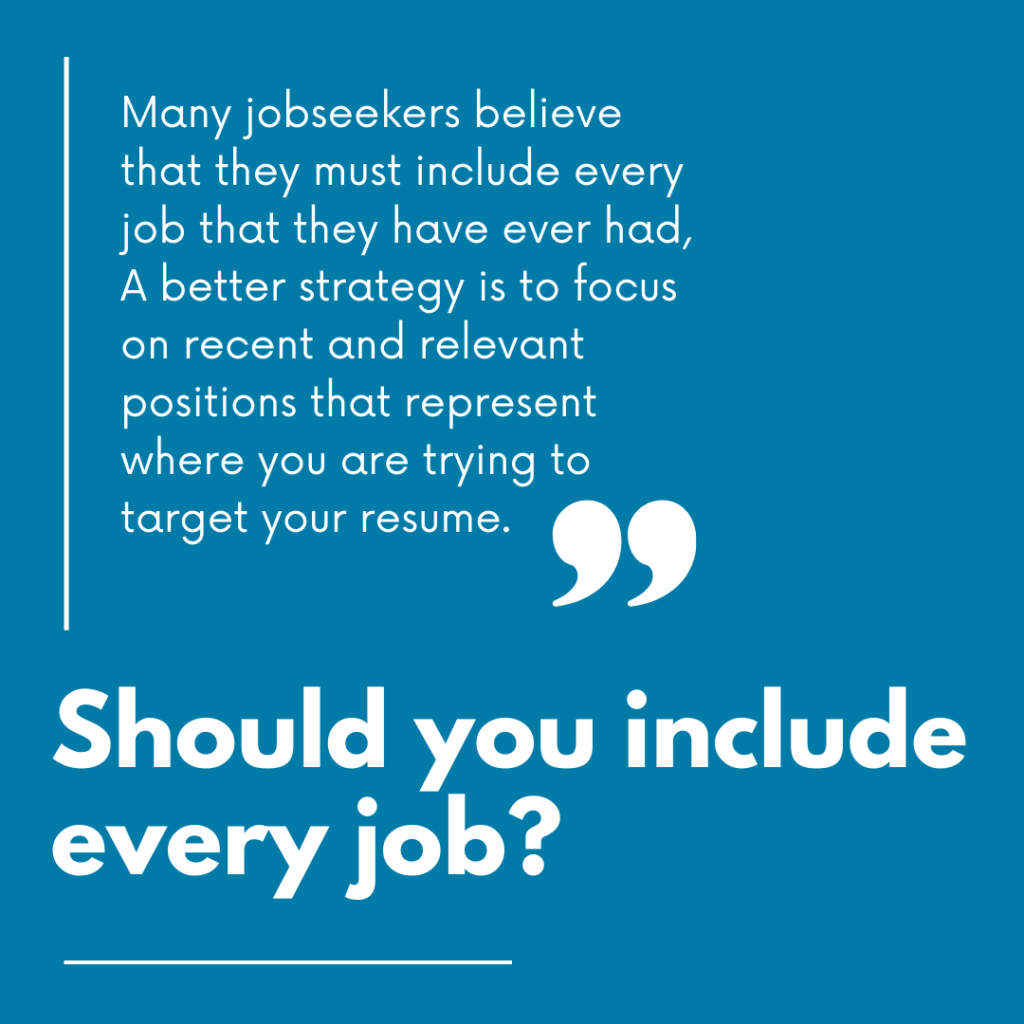
A Resume is a Formal Document with No Room for Personality:
Unlike what many believe, your resume doesn’t have to be personality free. Many resumes just list skills and experience without showing the person behind the skills and experience which makes them blend in with the background. Adding personal elements to your resume can help you stand out and be more relatable to employers.
Creative layout choices can show your personality, tailored to the job you’re applying for. The writing style of your resume can be formal or casual depending on the workplace environment. An ‘about me’ section can add personal touches to your resume, showing your interests and values that match the company culture.
A resume that shows personality can set you apart in a competitive market, to companies that value diversity and authenticity. Using inclusive language can show your commitment to diversity and your ability to work in different environments.
References Should Not Be on Your Resume:
Including references on your resume is seen as outdated and unnecessary unless requested by the employer. The move away from including references on resumes is largely due to privacy concerns in the digital age.
If references are required, provide them in a separate document not on the resume itself. Listing references on a resume can lead to unwanted contact with those individuals who may not appreciate it. Instead use that space to show your professional experience and additional skills.
Including references on your resume is seen as outdated and unnecessary unless requested by the employer. The move away from including references on resumes is largely due to privacy concerns in the digital age.
If references are required, provide them in a separate document not on the resume itself. Listing references on a resume can lead to unwanted contact with those individuals who may not appreciate it. Instead use that space to show your professional experience and additional skills.
You should use the same resume for each job:
if you use the exact same resume for each job, you are assuming that each job is exactly the same, and that each resume will fit that exact profile. However, that is simply not the case. Every job will be different from the other, with each requiring different qualities of skill sets needed to be highlighted. Therefore, it makes perfect sense to customise your resume to increase your chances of passing the initial screening phases and getting the hires attention.
Gaps in Employment Should Be Hid:
Employment gaps can raise concerns for hiring managers but hiding them is not the solution. Neither is adding reasons for leaving for each job held. When building the resume, we recommend listing each job in reverse chronological order, and where there is a gap, either provide a short explanation, or no explanation. For those who are trying to hide gaps by eliminating reference to specific months in a resume and only using years, you may run into problems with recruiters who will see this as someone who is purposely trying to hide information. It’s far better to explain gaps in the resume verbally.
A Cover Letter Is Not Required If You Have a Good Resume:
Many recruiters think cover letters play a minor role compared to resumes, some don’t even read them. However submitting a cover letter even when not required can show commitment and extra effort to hiring managers. In some cases not including a cover letter when required can raise concerns about a candidate’s ability to follow instructions.
A good cover letter should complement your resume but should also address specific information that is in the job advertisement. But a poorly customised or generic cover letter can be worse than not submitting one at all.
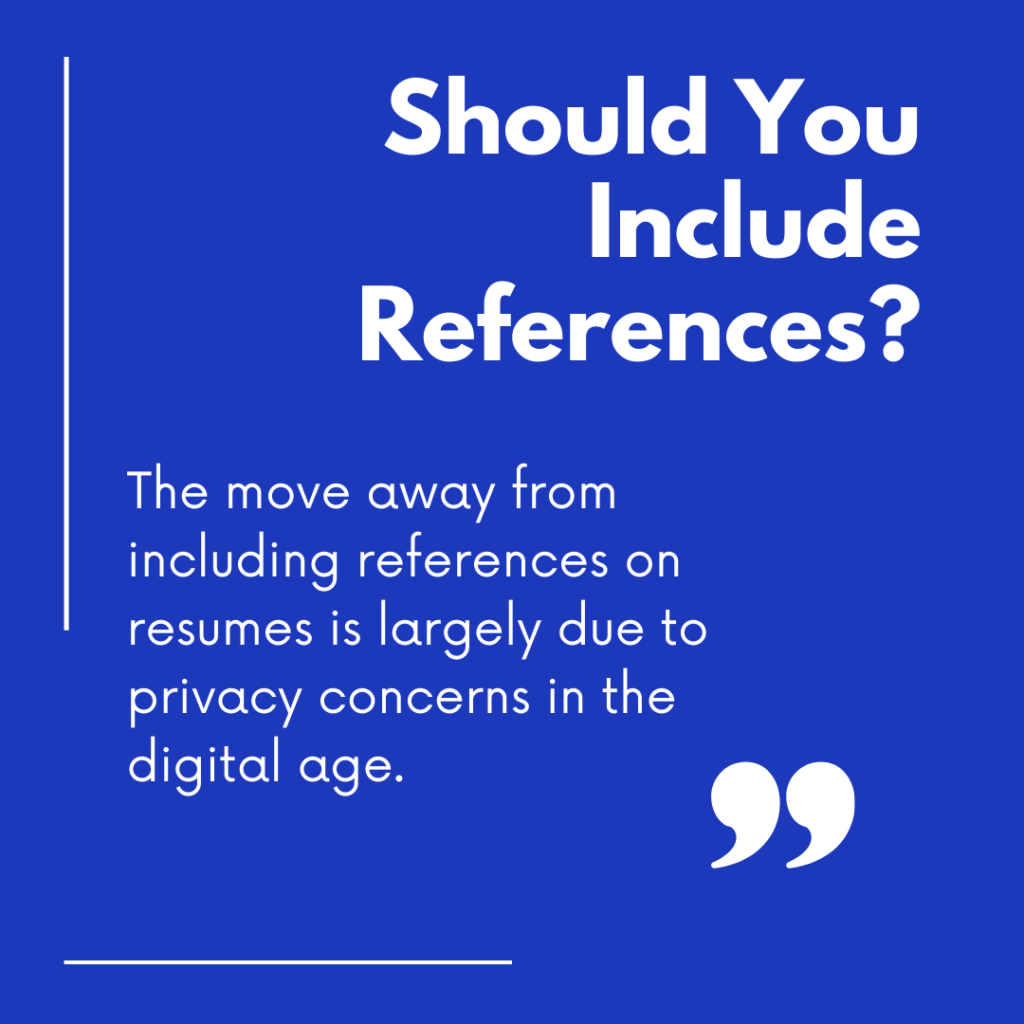
It’s Okay to Bend the Truth
Exaggerating your job title or responsibilities can have serious consequences if found out, especially during background checks. While it may be tempting to pad your qualifications, focus on showing your true value authentically.
Don’t claim a higher position than you held; instead show your relevant achievements for the job. Advanced qualifications can be pursued instead of fabricating degrees or certifications. Exaggerating qualifications on a resume is risky as hiring practices often include background checks that can expose dishonesty.
Instead of lying about qualifications, find legitimate ways to meet the job requirements, like pursuing further education. Padded experience may get you the job but can have long term consequences if found out.
Your Resume Is the Only Thing That Counts:
Hiring managers are bombarded with resumes, making individual resumes harder to stand out. Therefore, there are many different strategies you can use to sidestep the process, such as approaching companies directly, connecting through LinkedIn, and are trying the simple phone call to speak to the recruiter.
A Perfect Resume Gets You to the Interview:
Yes, you need to spend time needed to invest in a resume to help maximise an increase your chances. However, as many recruiters will tell you, sometimes even the worst written resume will get an interview. It really can depend on the market you are in, and how many other job applications are competing for that particular role. We have seen resumes with very little to no information fly through the interview process and secure a job.
Resumes Should Be Written in Third Person:
Writing a resume in third person is a common myth. Instead write in first person without using the word ‘I’ to make it more direct and engaging. Use action verbs at the start of bullet points to make your responsibilities clearer and more impactful.
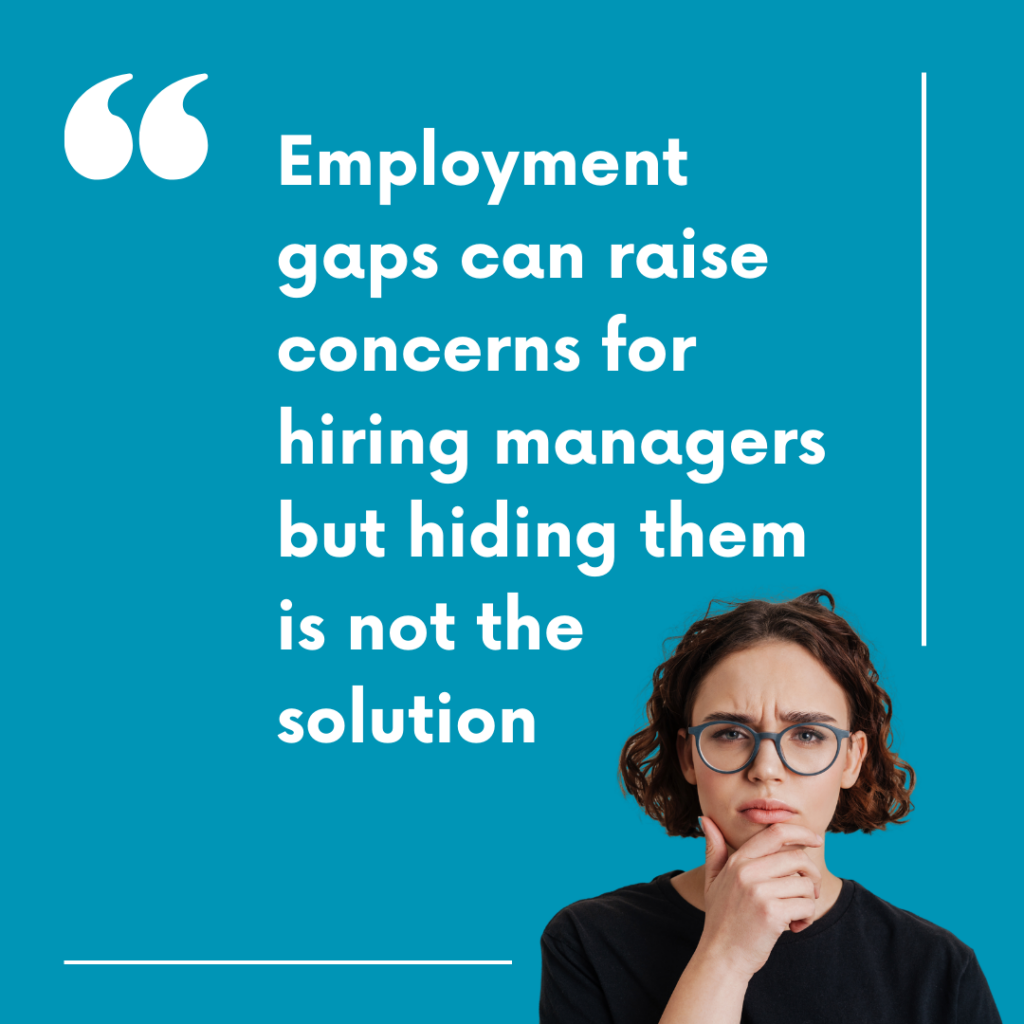
Education Always First:
In resumes educational achievements can be the most important details to highlight especially for candidates with limited work experience. For recent graduates it’s best to put education before work experience to emphasis skills and knowledge.
Employers prioritize professional experience over education for candidates who have been in the workforce for more than 5 years. Including relevant coursework and extracurricular activities can boost the education section for those with little work experience.
The education section should be in reverse chronological order, highest level of education first, then lower qualifications.
A Picture on Your Resume Will Make You Visible:
Having a picture on your resume can improve recall, making it easier for employers to remember your application. A professional picture can establish trust as it allows hiring managers to see the person behind the resume. However in some regions especially in Europe including a picture is a common practice, it’s a sign of respect to local culture.
On the other hand a picture may divert attention from your qualifications and achievements which should be the focus of the resume. Employers may form biases based on appearance and discriminate based on age, gender or ethnicity. Including a picture will also use up space on your resume making it harder to fit in important information.
Your Resume Should Be Static:
The idea that your resume should be static is old school. Turn your resume from a basic list of tasks into a document that showcases your motivations and what you bring to the table can make a big difference. Having a comprehensive ‘back-office’ version of your resume will help you know what to highlight in your final version.
Including non-traditional sections in your resume can show your uniqueness and what you can bring beyond the traditional roles. A resume should convey both qualitative and quantitative impacts not just a list of past jobs. Update your resume regularly to ensure it reflects your growth and current skills..
Generic Objectives Work
Generic objectives don’t convey any valuable information about the candidate and are often ignored by hiring managers. A tailored summary statement or headline is more effective than a generic objective. Your resume should show skills, achievements and your personality to potential employers.
Following blindly resume myths and common cv myths can hurt your chances of getting an interview. Tailor your resume to each job application so you can present the most important information and stand out to hiring managers. Common resume myths can lead to mistakes that can hinder your job search.
Fancy Fonts and Graphics Make Your Resume Better
A simple and clean design makes resumes easier to read and understand. There is a common myth that including graphics in resumes will enhance them but most of the time it’s not. Using fancy graphics in a resume can make it look unprofessional or hard to read.
Recruiters find infographic resumes frustrating as it complicates the evaluation of qualifications during screening. A professional clean design with clear sections and easy to read fonts is more effective in making a good impression.
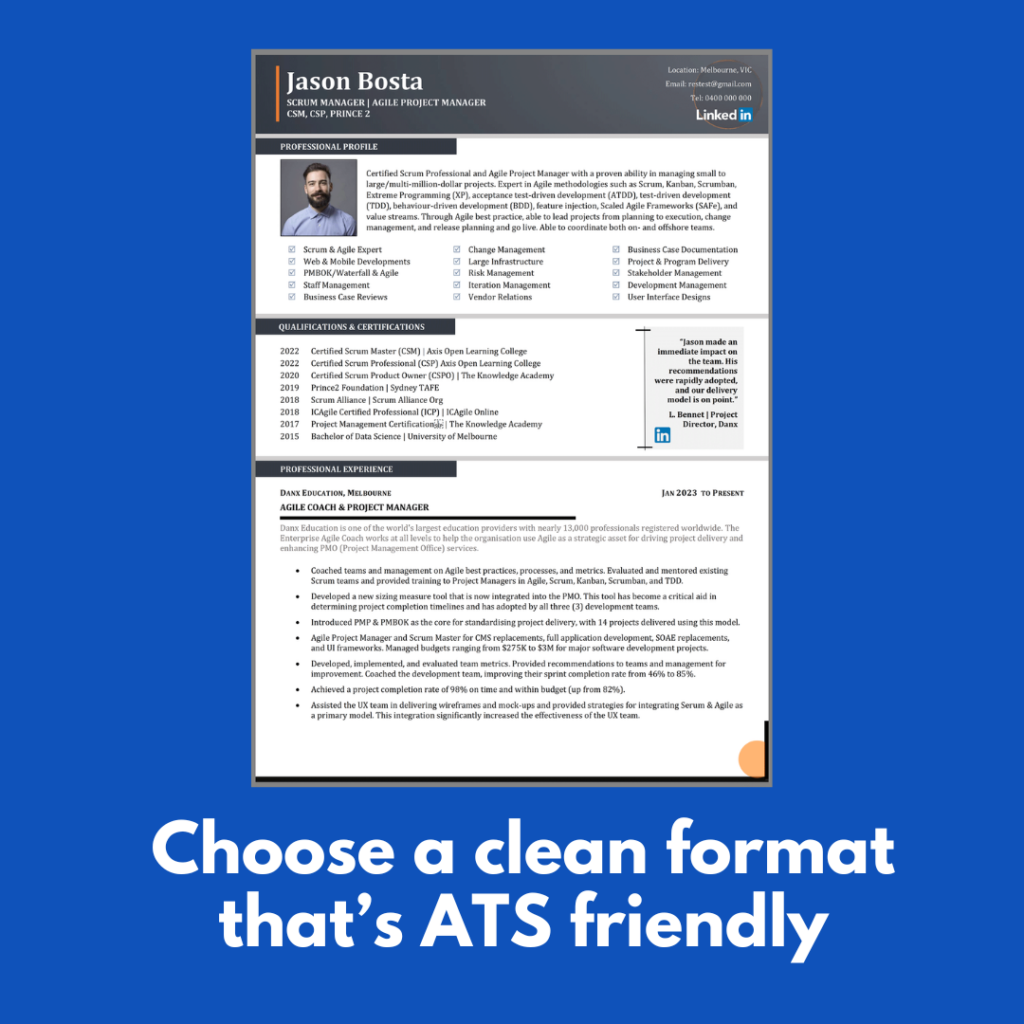
Use the Same Resume for All Job Applications
Customizing your resume for each job can make a big difference in getting an interview. Showing attention to detail by customizing your resume tells employers you are really interested in the role. A tailored resume allows you to address the unique needs and culture of the company you are applying to.
Using the same terminology as the job description can make your resume more appealing to potential employers. Including relevant projects and certifications in your resume can show your commitment to professional development.
Having multiple resume versions and saving them by job type is the way to go for managing resumes for different job types.
Keyword Stuffing Gets You Past Applicant Tracking Systems
Keyword stuffing is a common resume myth that can actually harm you. Employers use Applicant Tracking Systems to screen resumes so keyword customization is necessary to pass the filters. But keyword stuffing can block ATS and work against your chances of getting noticed.
Strategically including keywords that match the job description is more effective than keyword stuffing. Keywords should be naturally included in the resume to summarize experience and skills honestly. Using white font to hide keywords can get your application rejected by ATS.
Infographics Make Your Resume Visible
Infographics can confuse ATS systems and get your resume discarded. The ATS parse rate for simple resumes without infographics is 85% while the average ATS parse rate for modern resumes with infographics is 73%. Infographic resumes usually have less than half the information of a standard resume.
Applicant Tracking Systems (ATS) may not recognize fancy fonts and graphics so your resume may get overlooked. A simple and information-rich resume is more likely to pass through ATS and get seen by hiring managers.
Conclusion
In summary, knowing and debunking these resume myths can make a big difference in your job search. From tailoring your resume to the mistakes of including a photo, each myth we’ve mentioned gives you valuable tips in creating a good and effective resume.
By applying these truths, you can have a resume that showcases your qualifications and achievements and gets noticed by potential employers. Remember, your resume is a living document that should evolve with your career. Keep it updated, relevant and true to yourself.
FAQs
Do I have to stick to one or two pages?
No, you don’t have to limit yourself to one or two pages, in fact the Australian market typically uses 2-3 pages, and it’s not uncommon for a 4-pager.
Should I include every job I’ve ever had?
It really depends on you length of experience and relevance. Try to highlight the most recent 3-5 jobs, and then summarise off.
Do I need a career objective?
No. A professional summary or introduction is often better, especially for experienced professionals. .
Do I have to list all my job responsibilities?
No, focus on key responsibilities that showcase your skills and achievements relevant to the job you’re applying for. Use action verbs and numbers.
Do I have to include references on my resume?
No, don’t include references on your resume unless asked to. Use that space to showcase your skills and experience.
Can I use the same resume for all job applications?
Yes, but those who get better results are often customising the resume to each position.
Should I hide employment gaps on my resume?
Don’t try to hide gaps in your resume by changing dates. If you are found out, you’ll lose trust and will likely have your resume flagged.
Should I always put education first on my resume?
No, for recent graduates education may come first but for experienced professionals work experience should come first.
Will keyword stuffing help my resume pass ATS?
No, keyword stuffing can actually harm your chances. Instead, naturally integrate relevant keywords that align with the job description.
